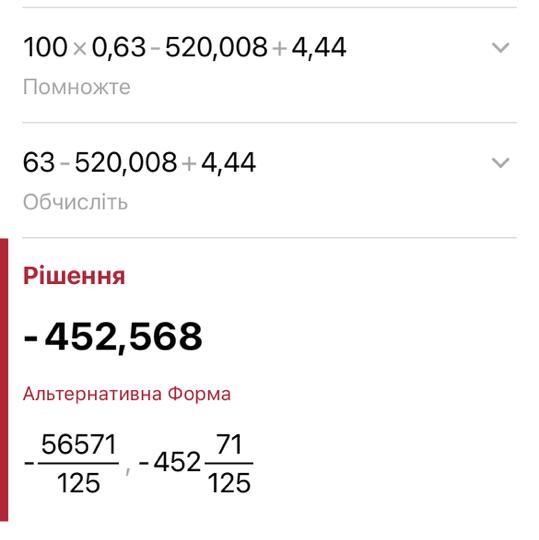Предмет: Алгебра,
автор: intykbaevatomiris
3) 10² 0,63 - 52 0,008 + 4,44;помогите пж
Ответы
Автор ответа:
3
Ответ:
67,24
Пошаговое объяснение:
100*0.63-25*0,008+4,44=63-0,2+4,44=62,8+4,44=67,24
Автор ответа:
0
Тримай, вирішено в Photomath
Приложения:

Похожие вопросы
Предмет: Русский язык,
автор: balaca1994
Предмет: Окружающий мир,
автор: лвовлвжст
Предмет: Русский язык,
автор: машакомаренко
Предмет: Английский язык,
автор: kashevkavlad
Предмет: Математика,
автор: milana6669